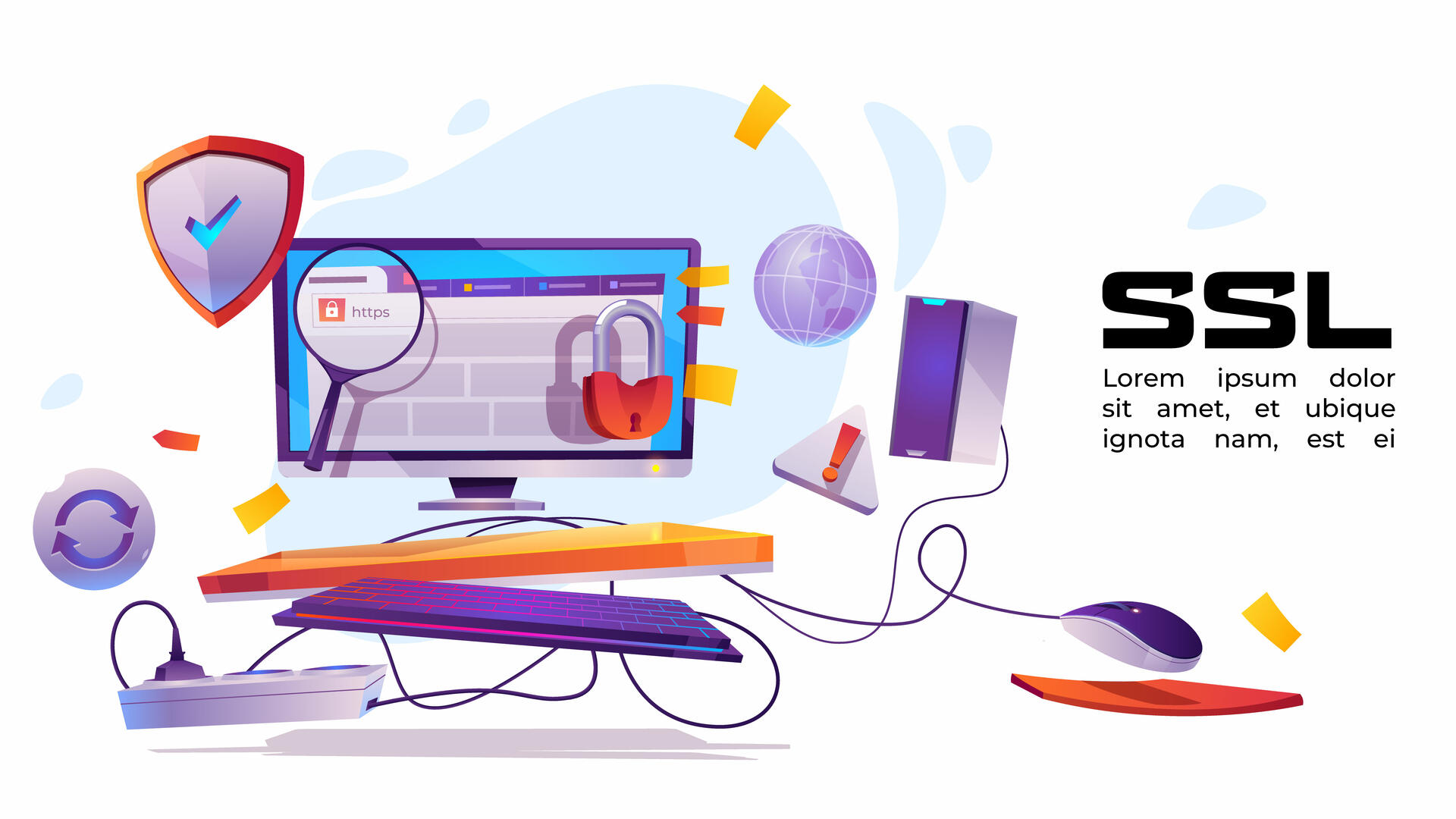WordPress website security is an important topic for every website owner. Google blacklists more than 10,000 websites every day for malware and about 50,000 phishing sites every week. In this article, we will share some of the top WordPress security tips to help you protect your website from hackers and malware.
WordPress Platform Vulnerabilities Attacked Millions of Websites
WordPress has published high severity vulnerabilities that are made public by the core development team itself. WordPress announced that they have patched 4 vulnerabilities which are rated severity. However, the US Government’s National Vulnerabilities Database (NVD), where the vulnerabilities are documented and publicly available, rated these vulnerabilities as high as 8 on a scale of 1 to 10, with 10 representing the highest levels of danger.
WordPress’ announcement of vulnerabilities details and severity is very brief. The four vulnerabilities are:
-
SQLdue to missing cleaning data in WP_Meta_Query (severity: 7.4) Multisite
-
Authenticated object injection (severity:6.6)
-
XSS vulnerability allows authors (lower privileged users) to add a malicious backdoor or take over a website by abusing post slugs (severity: 8.0)
-
SQL Injection via WP_Query due to protection of improperly generated data (severity: 8.0)
Security vulnerabilities have been privately disclosed to WordPress, which has provided an opportunity for WordPress to patch those bugs before they become widely known.
Pocket some ways to secure your WordPress Website
1. Limit the number of hits
If left as default, the WordPress front page will not limit the number of false hits. It is what will give the hacker the opportunity to open brute force attacks. Brute force works by trying all possible password sequences to find the password. So it takes a lot of time, depending on the length of the password but the possibility of finding out is always possible if not time-limited. Also, block IP from people who have entered the wrong password too many times.
2. Using 2-step authentication(Two-factor authentication WordPress plugin)
Additional features include 2-step authentication (TFA / 2FA) as measures to combat hacking WordPress effectively. This plugin uses the industry-standard TFA/2FA algorithm TOTP or HOTP to generate one-time passwords. These snippets will be valid for a certain time, and each use will show a different snippet.
3. Use strong passwords
Passwords are a very important part of WordPress security and it is a pity that it goes unnoticed by many people. If you are using a simple password like “123456” or “abc1234”, you need to change your password immediately. While these passwords are easy to remember, they are also incredibly easy to guess. Advanced users will easily crack the password and access the website without any difficulty. Try with more complex passwords, such as a combination of numbers, letters, and special characters like “%”, “&”, etc.
4. Installing an SSL certificate
Today, the Single Sockets Layer (SSL) is Very beneficial for all types of websites. Using an SSL certificate is a measure to ensure the security of information transmitted between the browser and the server. This makes it difficult for hackers to compromise your connection and forge your information. Besides security, websites with SSL certificates will be ranked higher by Google than all websites without it.

5. Updating to the Latest Versions
Keeping WordPress up to date is also a way to keep your website secure. With each update, the developers will patch some more bugs to give you a better WordPress website security experience. By updating to the latest versions, you will also be out of sight of hackers who are intending to attack security holes.
VNIS - Website security solution against attacks
VNIS is a comprehensive website security solution for businesses. Relying on Cloud WAF technology combined with artificial intelligence AI and Machine Learning to control and prevent security holes, unauthorized data collectors, especially OWASP top 10 security vulnerabilities. With the ability to integrate Multi CDN bridge into a giant Multi CDN, the global CDN bandwidth is up to 2600 Tbps, helping to optimize transmission performance and effectively resist various types of attacks.
